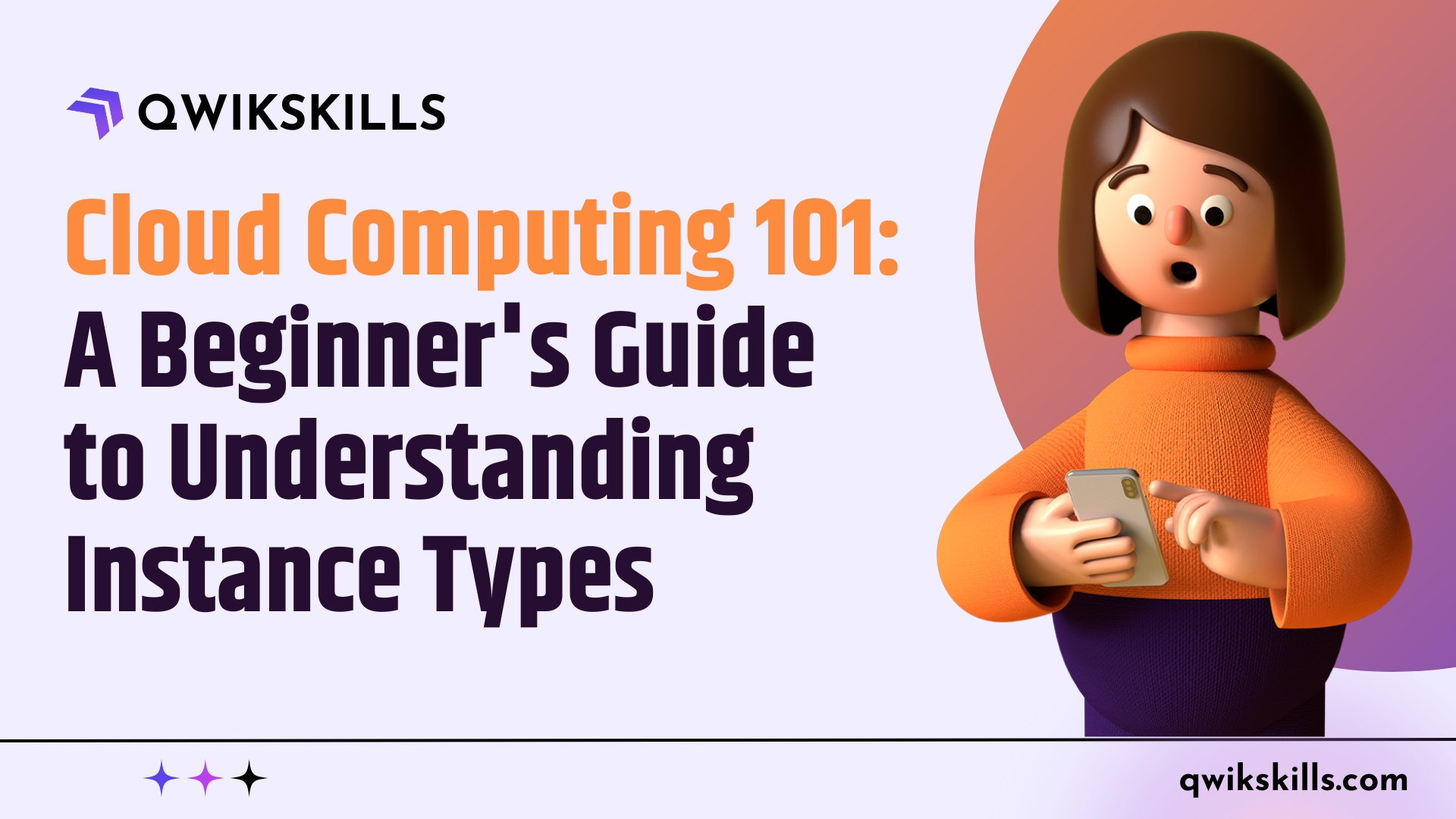Welcome to Qwikskills’ beginner’s guide to understanding instance types in Cloud Computing. In today’s digital era, the cloud has become a fundamental technology for businesses of all sizes. However, navigating through the various instance types can be overwhelming for beginners. In this article, we will break down the concept of instance types, their importance, and how to choose the right one for your needs.
What is Cloud Computing?
Cloud computing refers to the delivery of computing services, including storage, databases, software, and more, over the Internet. It offers numerous benefits such as flexibility, scalability, cost-efficiency, and ease of management. Leading cloud computing services providers like Amazon Web Services (AWS), Microsoft Azure, and Google Cloud Platform (GCP) empower businesses to leverage these advantages effectively.
Introduction to Instance Types in Cloud Computing
Instance types are virtual machines offered by cloud service providers, each designed to meet specific workload requirements. Choosing the right instance type is crucial for optimizing performance, cost, and resource allocation. Let’s explore the different categories of instance types and their use cases.
General Purpose Instances: General-purpose instances are versatile and balance CPU, memory, and network resources. They are suitable for a wide range of applications, including web servers, development environments, and small-to-medium databases. Examples of general-purpose instances include AWS EC2’s t2.micro and GCP’s n1-standard-1.
Compute-Optimized Instances: Instances that are compute-optimized put high-performance computing tasks first, which call for a lot of CPU power. They are ideal for compute-intensive applications such as gaming servers, scientific modeling, and batch processing. Notable compute-optimized instances are AWS EC2’s c5.large and GCP’s c2-standard-4.
Memory-Optimized Instances: Memory-optimized instances make it possible to handle large datasets and in-memory databases with ease because they are made for workloads that use a lot of memory. They are appropriate for applications like continuous investigation, information reserving, and elite execution data sets. AWS EC2’s r5.xlarge and GCP’s n1-highmem-4 are notable instances with optimized memory.
Storage-Optimized Instances: For workloads that require large amounts of storage, like log analysis, data warehousing, and big data processing, storage-optimized instances provide high-capacity storage alternatives. They offer quick and effective access to enormous amounts of data. Storage-optimized instances are the n1-ultra mem-40 on Google Cloud Platform and the i3.large on AWS EC2.
Take your skills to the next level with Qwikskills certification and training! Unlock new opportunities, enhance your expertise, and stay ahead in today’s competitive job market. Join our dynamic programs and gain the knowledge and credentials you need for success. Enroll now and shape your future with Qwikskills!
How to Choose the Right Instance Type for Your Needs
Selecting the appropriate instance type depends on various factors. Consider the following while making your decision:
Workload Requirements: Assess your application’s CPU, memory, storage, and network demands to identify the most suitable instance type.
Performance Metrics: Understand the performance specifications, including CPU clock speed, network throughput, and memory bandwidth, to ensure they align with your workload requirements.
Cost Optimization: Consider the cost implications and choose an instance type that meets your performance needs while staying within budget. Cloud service providers offer pricing calculators to estimate costs effectively.
Conclusion
Understanding instance types in cloud computing is essential for optimizing performance, scalability, and cost-efficiency. By selecting the right instance type, businesses can enhance their cloud computing capabilities and achieve desired outcomes. Remember to assess your workload requirements, consider performance metrics, and optimize costs when making your choice.
Explore Qwikskills comprehensive cloud computing courses and certification to gain in-depth knowledge and hands-on experience with instance types and other cloud computing concepts. Start your cloud journey today and unlock the full potential of cloud computing!
Remember, Qwikskills is here to guide you through every step of your cloud computing adventure. Happy cloud computing!




